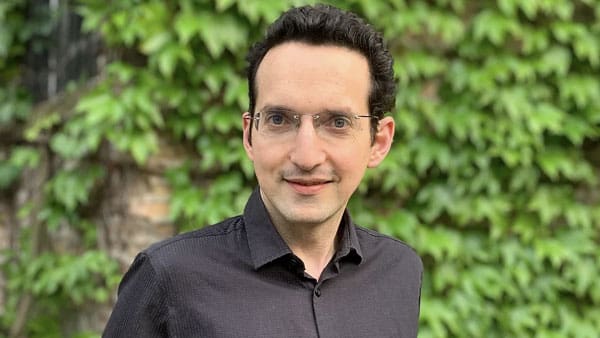Find out what it's like to be a part of Buttered Niblets—a student improv comedy...


Find out what it's like to be a part of Buttered Niblets—a student improv comedy...

JHU scholars share ways to learn with community at the American Studies Association national conference...

Alumnus Daniel Schlosberg is a Grammy-nominated pianist who has performed throughout the U.S. He has...

Amy Li's research focuses on student life at Johns Hopkins, especially the coeducation debate that...

Jerry Doctrow ’72 started a blog about retirement to help others navigate the complicated process...

We asked students about their top hangouts and favorite things to drink while studying and...

Assistant Professor Alexandre White discusses his work on Underwriting Souls, a public, digitized archive of...

Daniel Schlozman discusses his new book, The Hollow Parties.

Krieger School sophomore Alexander Chang co-wrote the recently released Fighting to Belong, a graphic novel...

The new Johns Hopkins Institute for Planetary Health will address how human health is related...

The new Hopkins Semester D.C. program gives Krieger School students a chance to work and...

Christopher S. Celenza, James B. Knapp Dean, discusses how the Krieger School continues to expand...